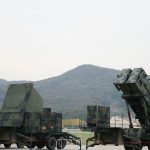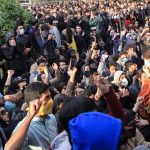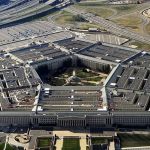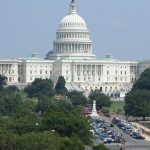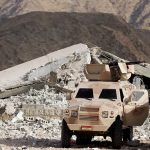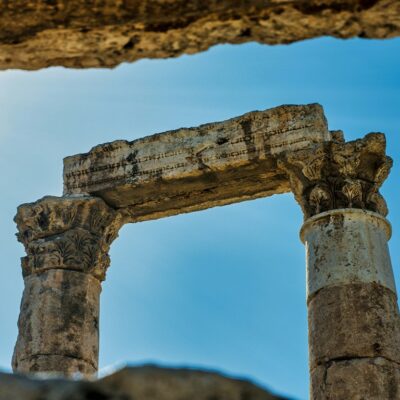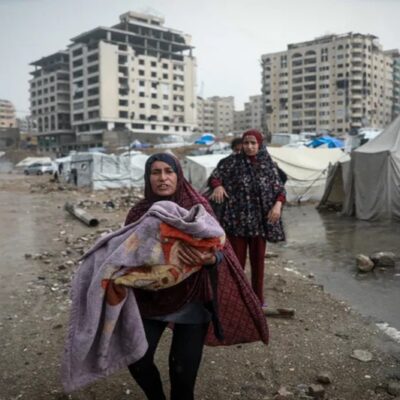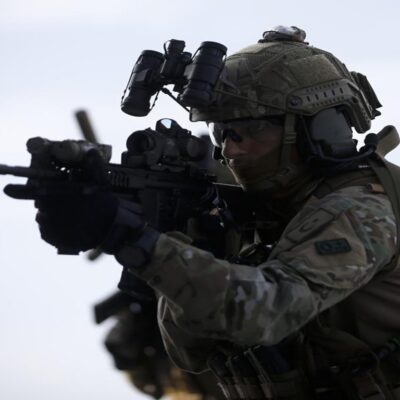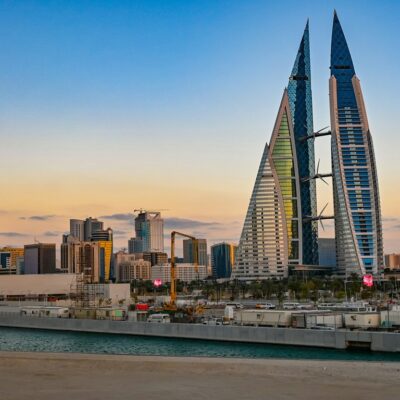Iran threats on US soil
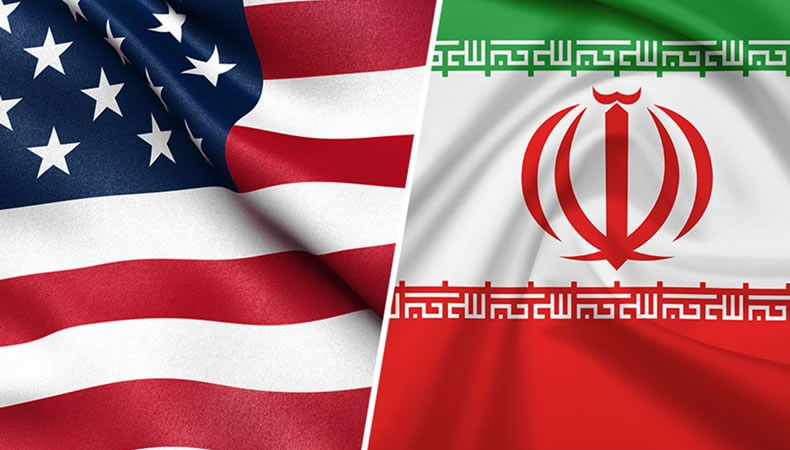

The American forces operating within the framework of the international coalition to fight the Islamic State announced the cessation of most of its military operations against the organization after the escalation of Iranian threats and the Iraqi groups loyal to it, targeting American bases in Iraq and other countries in the region in order to focus their efforts on protecting themselves.
In May 2019, four oil tankers were attacked in the Gulf of Oman, and in June 2019 two tankers were also attacked. Washington blamed Iran for the attacks, and this was accompanied by the mobilization of more soldiers and forces in the region.
The United States almost launched an air bombing campaign against Iranian targets in the wake of the downing of an American drone near the Strait of Hormuz, but Trump stopped the attack ten minutes earlier than scheduled.
Related Posts
A quick look at the relations of the two countries, it becomes clear that hostility was the dominant feature of their relations, and this began with the overthrow of the government of Muhammad Mossadegh in 1953 after his nationalization of the oil wealth of Iran.
In 1957 the United States and Iran signed an agreement on the peaceful use of nuclear energy. Ten years later, the United States provided a nuclear reactor to a research center in Tehran and the reactor’s fuel was in the form of uranium enriched to 93 percent, the same degree of enrichment of uranium used in the production of nuclear weapons.
In 1968, Iran signed and ratified the Nuclear Non-Proliferation Treaty two years later, on the condition that it was allowed to keep the reactor and use it for peaceful purposes.
The United States cut diplomatic relations with Iran in 1980, and seized Iranian assets in the United States, cut trade relations with it, and prohibited the export of most goods to it.
In the same year, an attempt to rescue the American hostages held in Tehran failed when two American helicopters collided with each other during a landing operation in the Lut desert and 8 American soldiers were killed in the accident.
In 1986, the Iran-Contra scandal exploded, in which US weapons were being illegally sold to Iran, and the money generated from it was used to fund anti-government armed groups against the Nicaraguan government that bore the name Contra.
According to the intelligence community’s 2022 Annual Threat Assessment, issued by the Office of the Director of National Intelligence, Iran will threaten Americans directly and through proxy strikes, and Tehran remains determined to creating networks within the United States (ODNI).
The Iranian regime is classified globally as the number one sponsor of international terrorism through the many and many crimes and terrorist operations it committed against its citizens and against the peoples of the region and the world. The Gulf states, Hezbollah, Asa’ib Ahl al-Haq and dozens of sectarian militias in Iraq, as well as the Houthis in Yemen, in addition to Tehran’s support and complicity with other international terrorist organizations such as Al-Qaeda, which sheltered a number of its leaders, and a number of them are still in Iran.
The Wilayat al-Faqih regime not only established terrorist militias and spy cells, but also carried out kidnappings, bombings and assassinations against embassies, diplomats, civil centers, and its political opponents.
In 1996, residential towers were blown up in Al-Khobar, which was carried out by the so-called “Hezbollah Al-Hejaz” of the Iranian regime, which resulted in the killing of 120 people, including 19 of American citizenship, and protection was provided to the perpetrators, including the Saudi citizen Ahmed Al-Mughassil, who was killed
Since coming to power, the Iranian regime, especially during the Iran-Iraq war,that lasted for 8 years, has executed 120,000 opponents belonging to political parties and organizations, led by the Mujahideen Khalq Organization, in addition to a mass massacre of 30,000 political prisoners in the summer of 1988, and thousands of political activists of nationalities were executed. Other than the persecuted Persians, from the Ahwazi Arabs, the Kurds and the Baluchis.
It is noteworthy that the US Assistant Secretary of State for Terrorism and Financial Information Affairs, Adam Szubin, confirmed that the sanctions imposed against Iran due to its support for terrorism and its interventions in Syria, support for the Assad regime and support for the Houthis in Yemen, as well as sanctions related to Tehran’s violations of human rights, will continue despite Signing of the nuclear deal.
The US State Department’s 2015 International Terrorism Report, classified Iran as ‘the largest sponsor of terrorism in the world’, due to ‘Tehran’s interventions and support for violence and terrorism in Syria and Iraq’ and ‘destabilization of security and stability in the Middle East.’ Through the Quds Force of the Revolutionary Guards, and its “involvement in the violence carried out by the opposition in Bahrain,” as well as its “support for extremist groups such as the Lebanese Hezbollah.”


